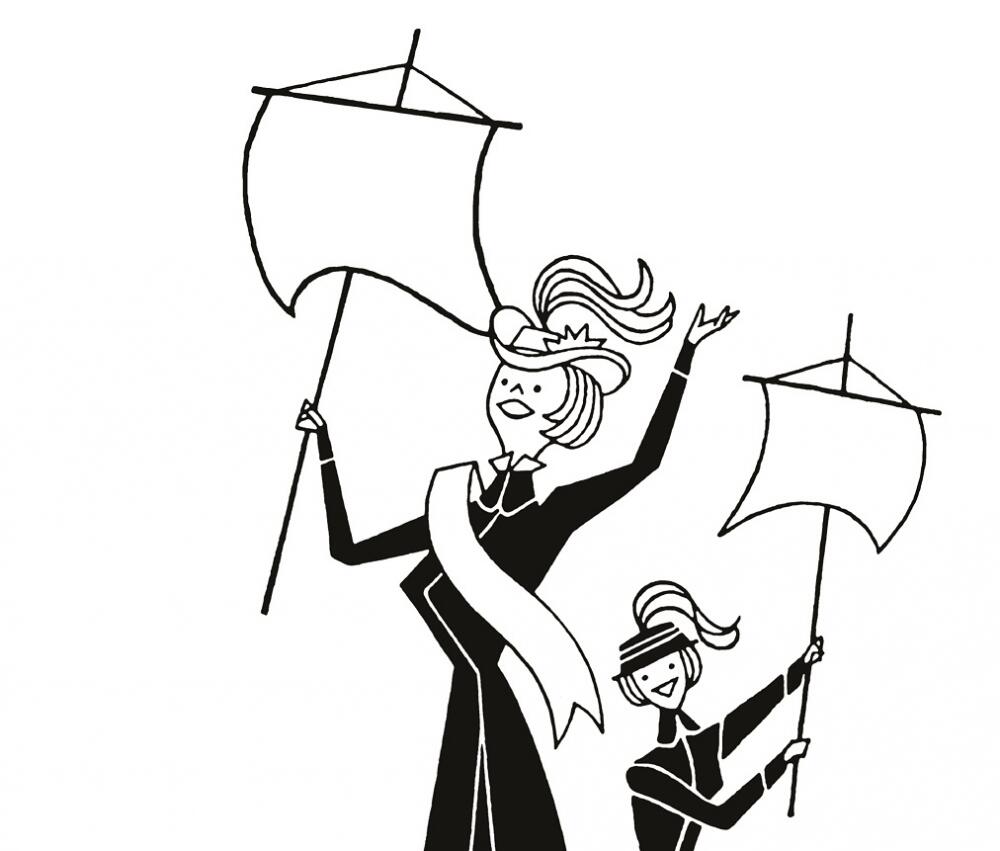No vote? No tax!

Helen Thornley reflects on the extremes that taxpayers went through to try to change tax policy
If you want to make your voice heard on the subject of tax these days, there are plenty of ways to go about it. Indeed, part of the role of the CIOT and ATT is to ensure members’ voices are heard at a national level, responding to consultations, and providing educated comment on our tax system.
Although we may not always get what we want, we do have the opportunity to make representation.
But at the start of the 20th century, women had no such opportunity. Subjected to tax on their income, but with no vote and therefore no say over the government that taxed them, some suffragists resorted to drastic action – tax resistance.
One such campaigner was Dora Montefiore. She first refused to pay her taxes during the Boer War. However, she gained little attention. For the issue of female suffrage, she decided to make a more public stand.
On 24 May 1906, having failed to pay the income tax demanded of her, Dora barricaded herself into her home in Hammersmith, west London, accompanied by her maid. Refusing to let in the Revenue bailiffs, a siege began.
Following rules that are not dissimilar today, the bailiffs could not enter by force, during the hours of darkness, nor through anything other than the door. It was six weeks before court permission was granted for a forced entry. During that time Dora kept the gates barred, passed the weekly wash over the back wall and spoke daily to crowds of people from her terrace at the front.
The publicity was huge. In the first full day of the siege, more than 20 reporters arrived to interview Dora and her supporters. They even staged photos showing food being handed over the high walls that surrounded her house. Dora hung a red banner across the front of her home and news of her actions spread across the world.
The Women’s Tax Resistance League itself was formally created in 1909 under the mantra ‘No vote, no tax’. They drew inspiration from historical tax resisters such as John Hampden. Using an image of a ship in full sail they were referencing the ‘ship money’ case taken by Hampden against Charles I in 1637. ‘Ship money’ was a tax imposed by Charles without parliamentary approval, which Hampden considered unconstitutional. Hampden lost his case, but the defeat was so narrow that it encouraged wider resistance and, eventually, the tax was abandoned.
League members who refused to pay often had their goods seized and sold at public auction. These sales were used as an opportunity to promote the suffrage cause. In 1913 a scuffle at one in London was even reported in the New York Times. During the incident, a suffragist called Beatrice Harraden was hurt. As an author she was liable to income tax on the profits of her writing. She explained her refusal to pay by saying: ‘It is a culmination of the government’s injustice and stupidity to ask that we pay an income tax on income earned by brains, when they are refusing to consider us eligible to vote.’
While suffragettes like Emily Davison broke the windows of the chancellor of the exchequer’s house, tax resistance was generally considered a more ladylike method of direct action. In 1913 the then Duchess of Bedford refused to pay income tax and had a silver cup distrained. The daughter of the last, exiled, Maharaja of the Sikh Empire, Princess Sophia Duleep Singh, was also a member of the tax resistance league. An ardent suffragist, she lived in a grace-and-favour house of Queen Victoria. She resisted paying her dog, carriage and other licences.
The league had male supporters too, although some were more willing than others. Married women had been able to keep their income from their own work and investments since 1870, but their earnings were still added to their husband’s for income tax purposes. One schoolmaster in Clapton, east London, had little option over tax resistance when his wealthy wife refused to put him in a position to pay the liability generated by her income. He went to prison for her principles.
In 1914, the league members voted to pay their taxes on account of the war and the organisation finally disbanded in 1918 when initial electoral reforms were achieved.
These days, with HMRC’s new powers for direct recovery of debts, the modern day tax resister would probably struggle to mount such a public and sustained campaign as the league did. Engaging with consultations is a much safer option.


